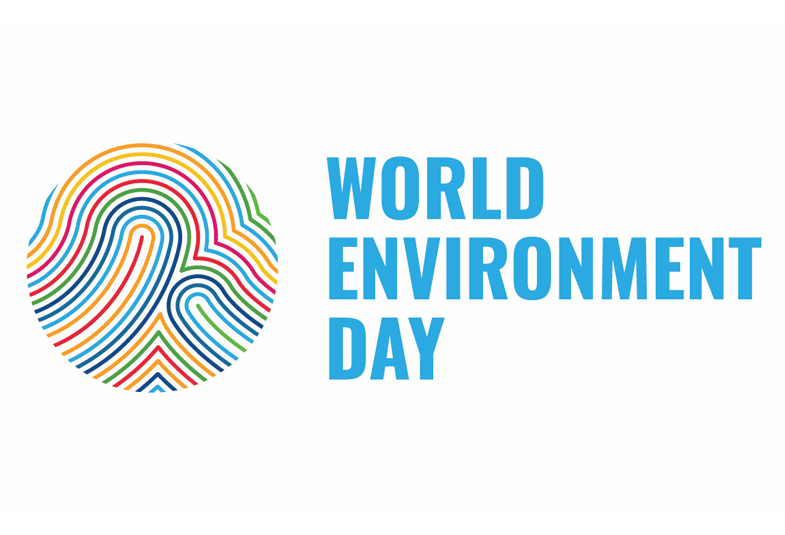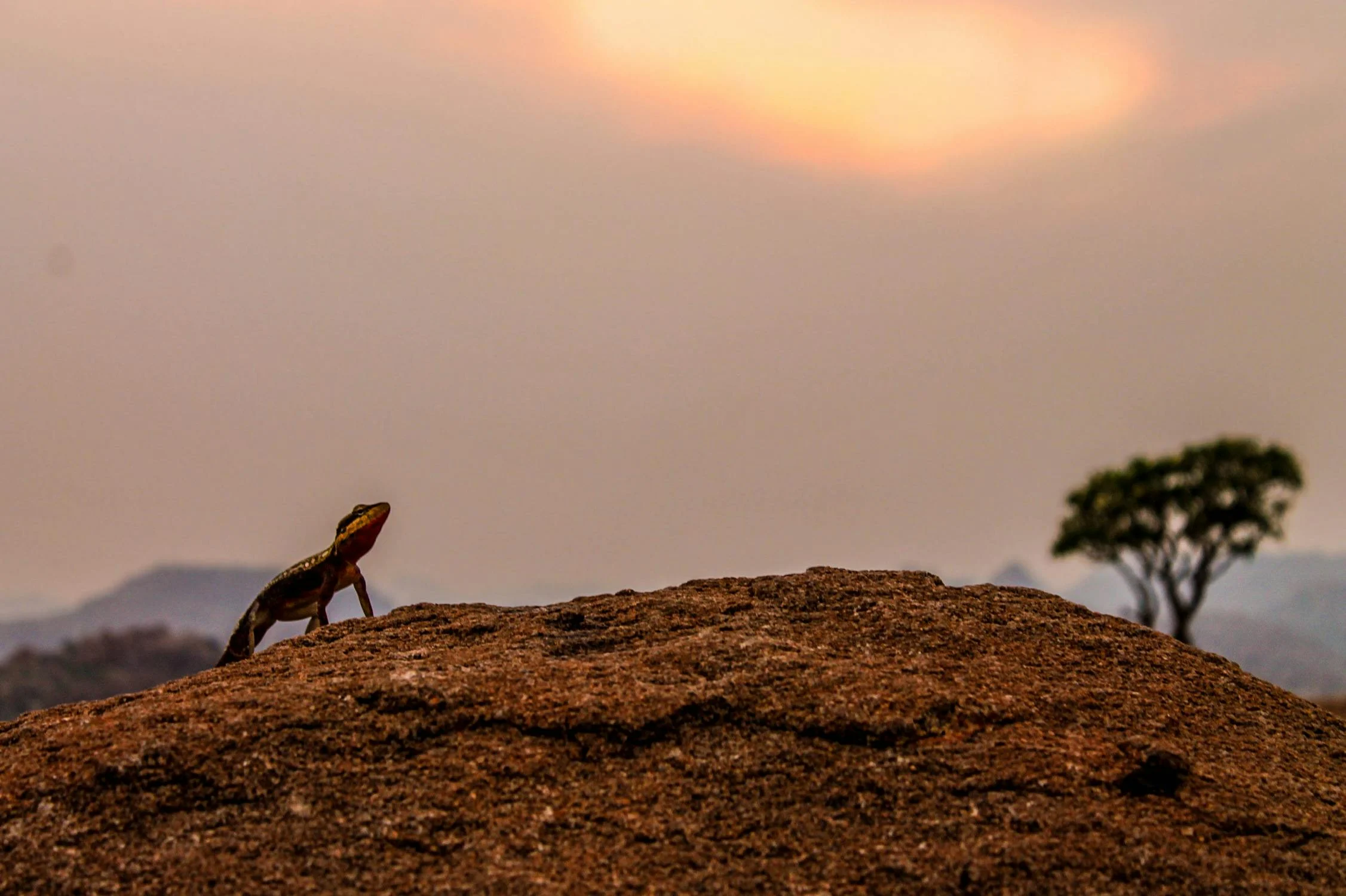What is World Environment Day 2024?
This year’s World Environmental Day (WED) is set to take place on the 5th of June, hosted by Saudi Arabia. 2024 also marks the 30th anniversary of the UN Convention to Combat Desertification.
Land restoration is a key pillar of the UN Decade on Ecosystem Restoration (2021-2030), a rallying call for the protection and revival of ecosystems all around the world.
UN Environment Programme
Where do SocEnv fit in?
Society for The Environment (SocEnv) is a champion of WED in the UK and beyond. SocEnv has a cross-sector reach, bringing together cross-sector professionals to raise awareness of WED and drive real change.
What is the 2024 World Environment Day theme?
The theme chosen for this World Environmental Day is ‘land restoration, desertification, and drought resilience’.
Join the conversation via social media using #WorldEnvironmentDay and #GenerationRestoration.
So, why is this year’s theme important?
According to the UN Convention to Combat Desertification, up to 40 per cent of the planet’s land is degraded. This directly affects half of the world’s population and threatening roughly half of global GDP (US$44 trillion). The number and duration of droughts has increased by 29 per cent since 2000. Without urgent action, droughts may affect over three-quarters of the world’s population by 2050 (Source: UN).
To explain more about why this year’s theme is so important, we asked the experts – Chartered Environmentalists.
Chartered Environmentalist (CEnv) status is achieved through the dedication and expertise of an environmental professional from their respective field. The sectors represented range from: water, engineering, energy, agriculture, environmental management, built environment, forestry, fisheries, resource management, sciences, arboriculture, and land management. This ‘gold standard’ status sets CEnv apart from others working in their field so they can lead the way.
Read on to discover the true value of this year’s WED theme and how you can get involved.
CEnv Insights
First up, the view of Professor Ian Barker CEnv FIWater HonFSE, SocEnv Board member and Vice President (Environment) at Institute of Water:
‘The indivisible relationship between land and water’
“I’m a water professional. Except that there isn’t really any such profession – because managing scarce water resources is as much to do with managing land as it is water.
Next time it’s raining look out of your window – or, even better, go outside – and look down. If you’re surrounded by concrete or tarmac you’ll see the rain rushing off and into the nearest drain, and then on to a stream or river. And if it’s raining hard all those paved surfaces will contribute to flooding, and be adding to the pollution load in watercourses.
But if you are looking out of your window at a garden, or are out in the countryside, you’ll notice that the rain is absorbed into the soil where it benefits vegetation, and permeates down to become groundwater which will support river flows weeks or months later.
How we manage the land matters because of the indivisible relationship between land and water. If we are to adapt to the effects of climate change and more frequent, more extreme droughts and floods the answer is not just bigger infrastructure, but better land management to slow the flow, restore soil structure and enhance biodiversity. To do that effectively means joining up policy, legislation and action. And that isn’t currently happening – but is achievable with the will to make it happen. In the lead-up to World Environment Day and beyond, let’s work together to deliver more positive engagement between decision-makers, practitioners and the public.”
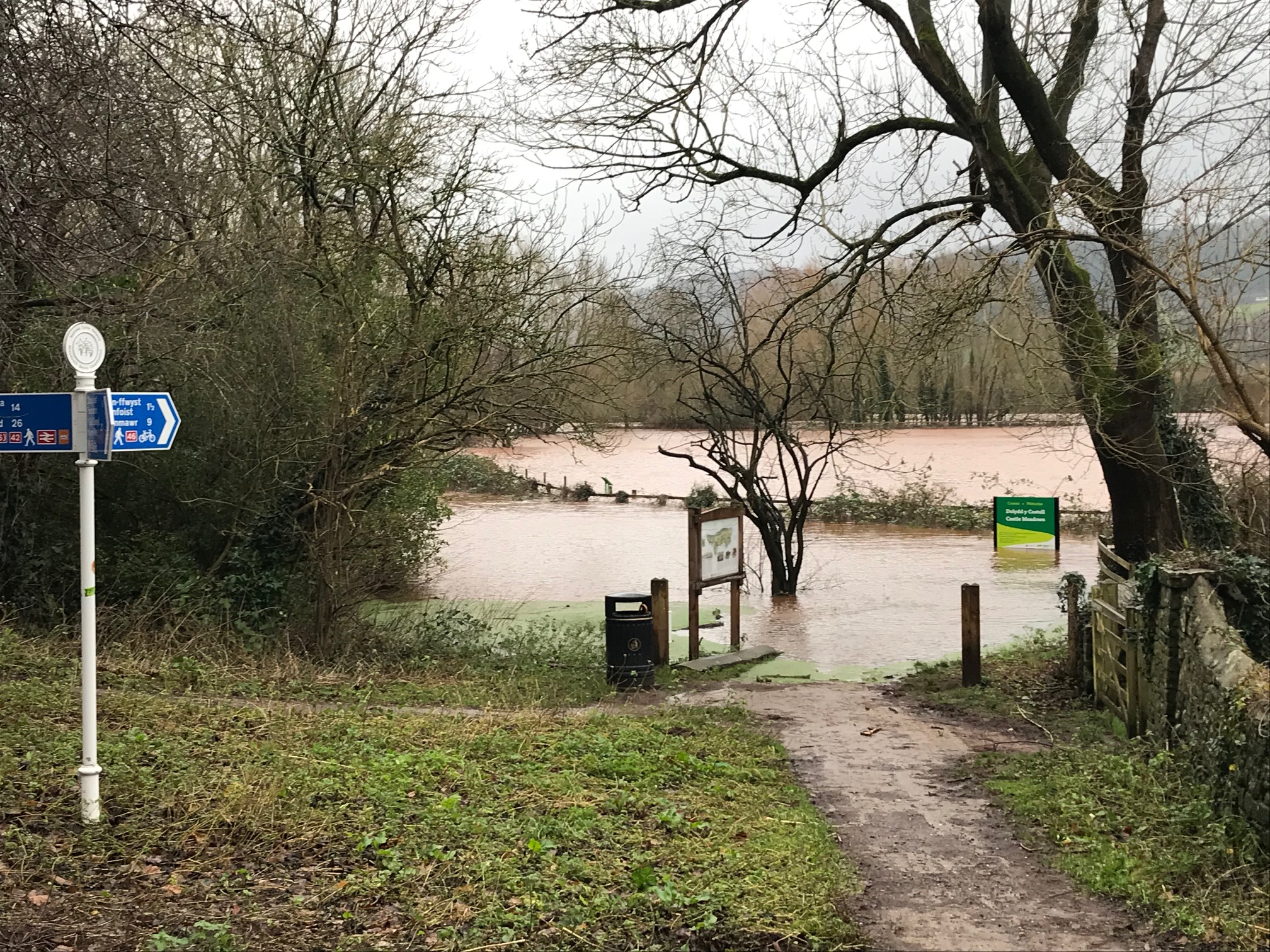
Image above: flooding in Castle Meadows, Abergavenny. credit: Ian Barker CEnv
So what does successful land restoration look like in practice? Dr Katie Medcalf CEnv, MCIEEM, MBSSS, MBES, Environment Director at Environment Systems Ltd, provides insights from a valuable case study:
Island resilience to drought enhanced through land restoration
“As a Chartered Environmentalist, my focus aligns with this year’s World Environment Day theme: land restoration for drought resilience. This is especially crucial for small islands in the Caribbean and South Atlantic, most lacking flowing freshwater. Understanding how native vegetation replenishes aquifers is critical in a changing climate.
One project involved mapping St. Helena’s vegetation and soil. Here, the cloud forest acts as a natural water capture system. Invasive species, mostly deliberately planted, disrupt this process. They don’t capture rainfall effectively and don’t filter water into the aquifer. Our work led to a larger project removing these invaders and replanting native species, already showing positive impacts on freshwater availability.
Similarly, on Union Island in the Caribbean, climate change threatens rising temperatures and reduced rainfall. This island boasts rich ecosystems, but faces threats from poorly planned mass tourism development. We worked with local stakeholders to create scenarios demonstrating the benefits of high-end ecotourism that respects the island’s carrying capacity. Conversely, unsustainable development would degrade habitats and decrease aquifer water storage. Restoring and maintaining the dry forest and understory vegetation, often damaged by goats, is key to building drought resilience for the island’s future.”
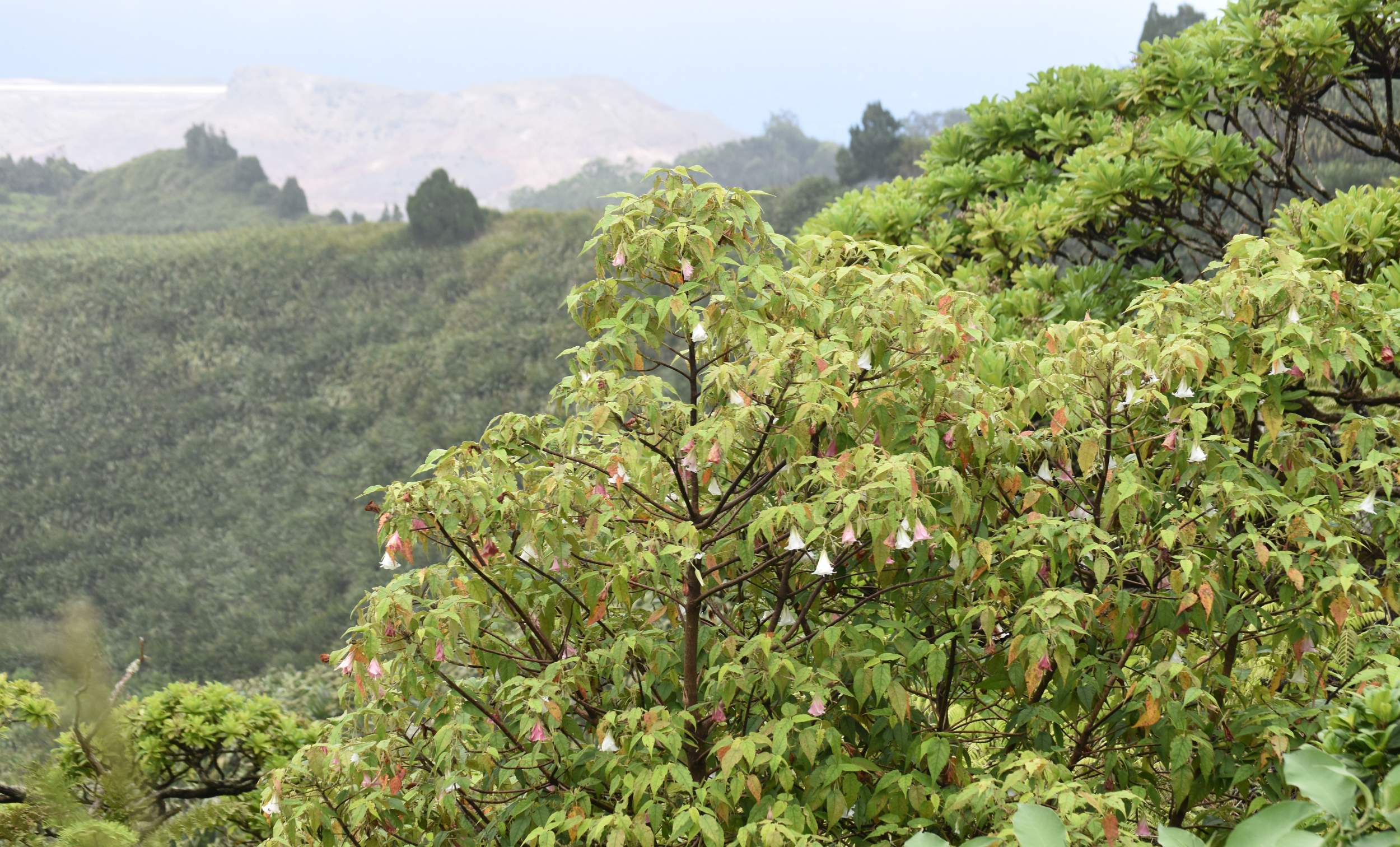
Image above: Cloud forest tree. Credit: Kimberley Peters
Our third contribution is from Robert Earl FIWater CEnv, a retired environmental governance and risk specialist. Rob has extensive water industry expertise in pollution prevention and waste management:
Putting Soil Back on Firm Ground
“By 2030 NASA will have spent about $9 Billion on bringing less than a kilogram of Martian soil back to earth for analysis. We do not similarly value the soil of our own planet. A third of our soils are now degraded, largely due to human activity. More than half of earth’s species live in the soil, however, and soils support 95% of our food production.
SocEnv recognises the value of soil as a living entity, and as a vital element in the circular economy. We are calling on soil professionals to collaborate to afford value to soils in all sectors of the economy. We aim to show how good soil management can boost economic growth, create jobs and increase real estate value. We want improved governance to create financial assurance in the biodiversity and carbon offsetting markets that will fund improved soil management.
Healthy soils retain moisture and are biodiverse. They are more resilient to drought, support above-ground biodiversity and capture carbon. As part of the SocEnv Soils and Stones project executive team I am committed to putting the value of our planet’s soils back on firm ground.”
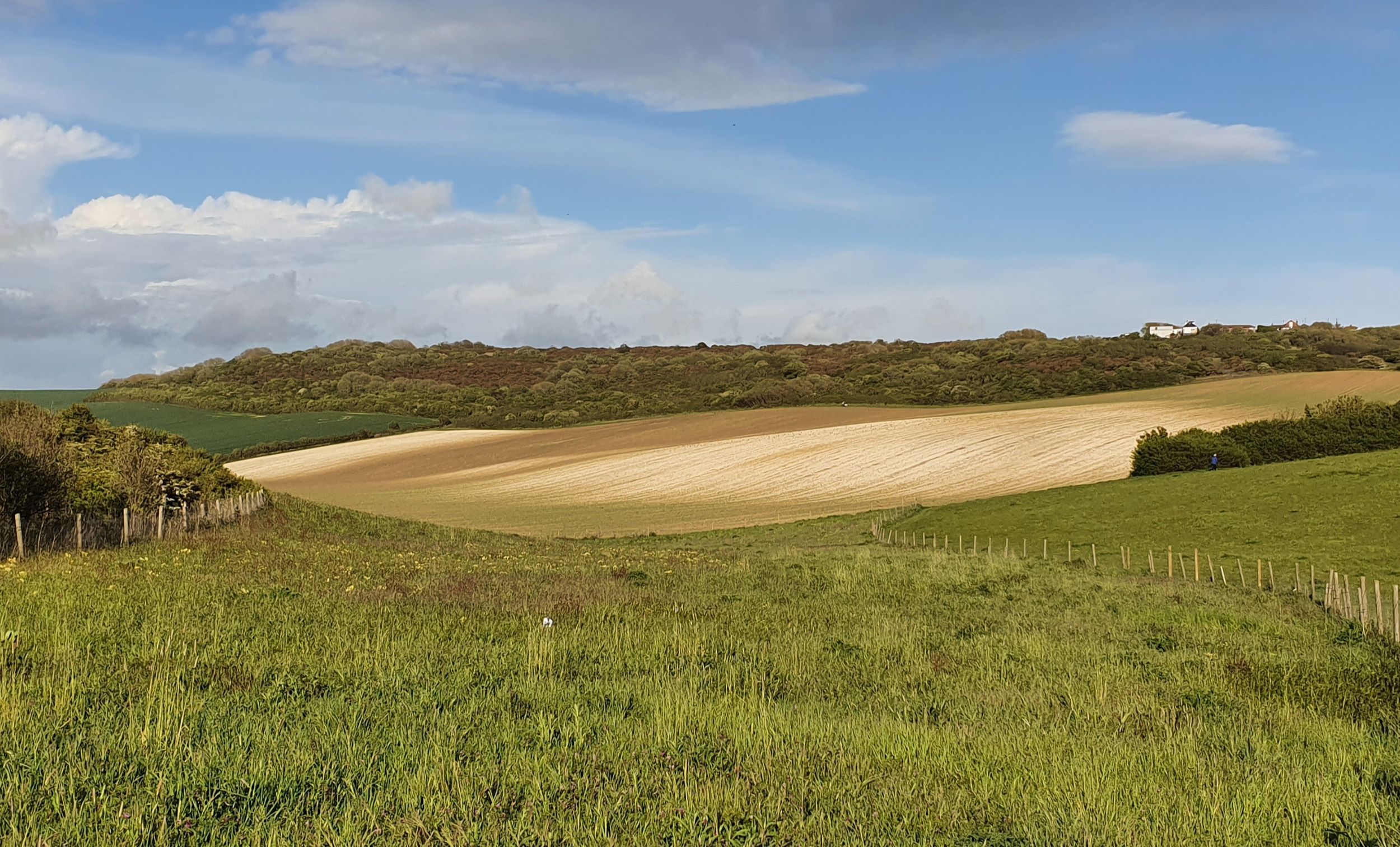
Image above: Depleted agricultural soils on chalk downland seen from the South Downs National Park, UK. Credit: Rob Earl CEnv.
We end on some inspirational words from Dr Sarah Ward (she/they) BSc (Hons), MRes, PhD, CEnv, C.WEM. FCIWEM, FHEA, Co-creation Specialist at the Westcountry Rivers Trust and Trustee at Transition Exmouth. Sarah has over 25 years’ experience working in the water and environment sector:
Working together for river and land restoration
“Our world and its landscapes are changing faster than ever before. People talk about ‘shifting baseline syndrome’, which means we take the nature we’re exposed to when were young as the norm or starting point – that we then compare to across our lifetime.
My childhood was filled with exploring nature, splashing in streams, the sea, stomping through marshes and seeing all the mysterious wildlife of these ecosystems. Now when I take my son to our local brook, beach or common, we see a few creatures but mainly pollution. The landscape is more clinical and less functional as a result. We still enjoy nature and have a mutual passion for environmentalism but his baseline is wildly different to mine. Generations are growing up thinking depleted, desertified and vulnerable landscapes are the norm, which can lead to disconnection, nature deficit disorder or eco-anxiety.
There is hope! Throughout my career and in the work I do, I’ve seen a massive shift towards ENGO, citizen and community group action – led by those who remember a different baseline and realise a lot of systems are broken and need changing. There’s still a long way to go to rebalance power differentials between such organisations and governments or companies, but working together we can reverse land degradation trends and restore resilience to hazards such as floods and droughts.
River and land restoration is crucial, whether through co-created natural flood management, nature-based solutions, sustainable drainage systems or blue-green infrastructure, amongst other approaches. This restoration means we can not only return to functioning and resilient rivers and landscapes, but also ensure people don’t lose touch with them. We are part of the natural environment and when we start looking after it, it will start looking after us again.”
Solutions illustrated through the Water Visions Project:
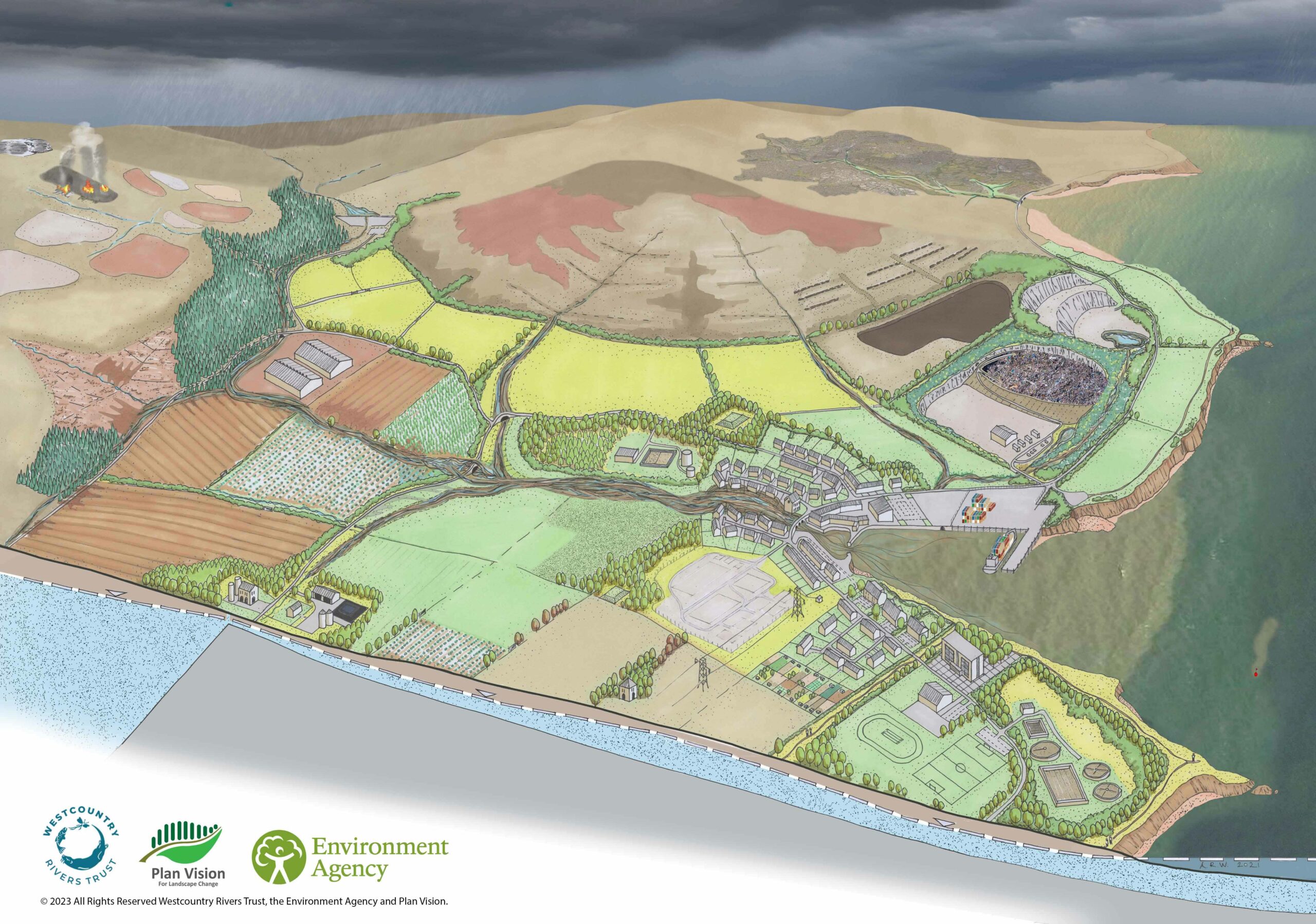
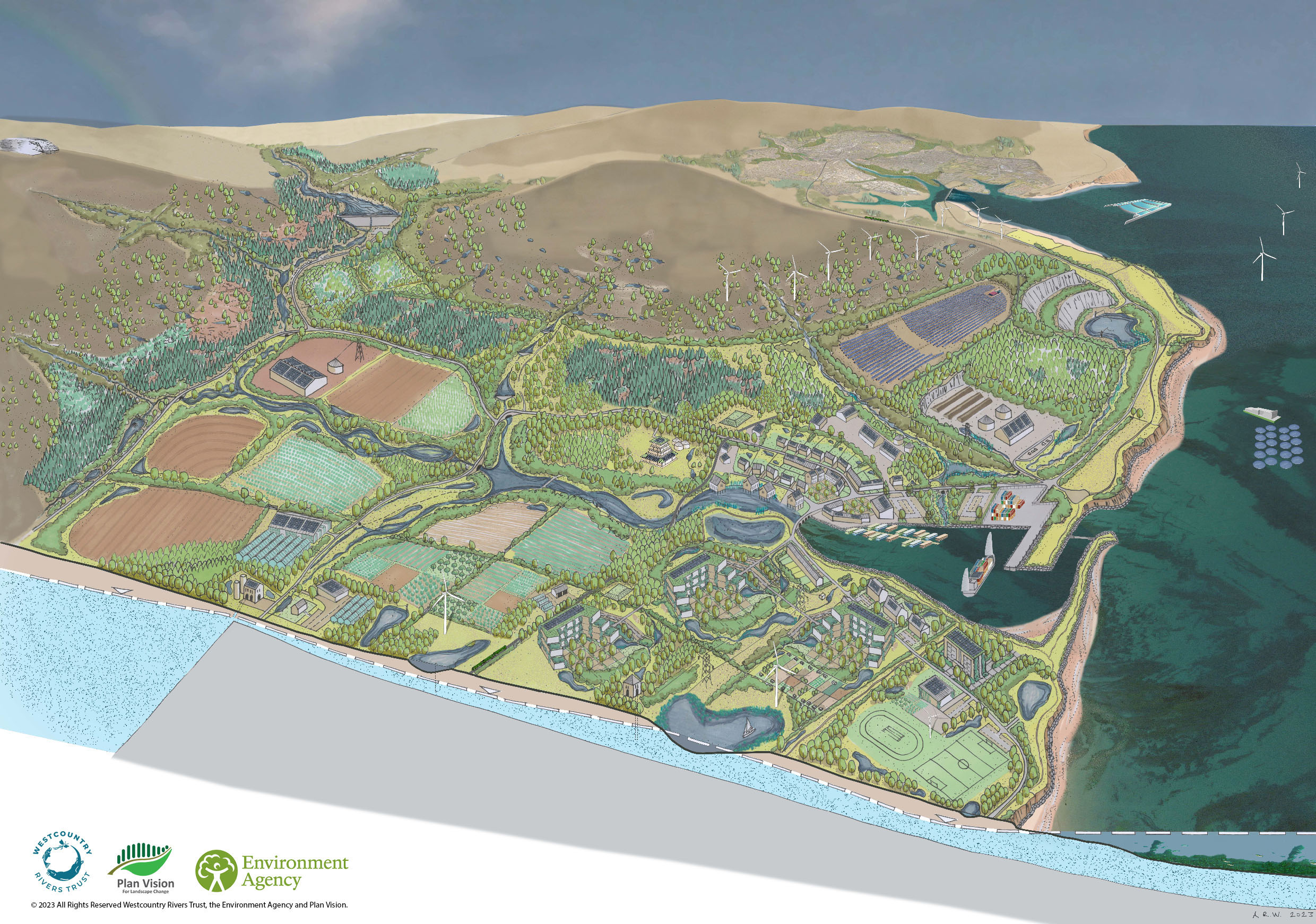
Images above: Left (or top on mobile device) – illustration of an unsustainable landscape (the here & now), right (or bottom on mobile device) – illustration of how a regenerative landscape might look in the future. Credit: The Water Visions Project. To see each image in more detail, right click the image.
How you can get involved
Some ideas…
- Hold an event around World Environment Day (making sure to register it online to spread the word).
- Book your ticket to our flagship event on 4th June – via the livestream or join the waiting list to attend in-person.
- Share good practice by publishing a case study. Get in touch with your ideas!
